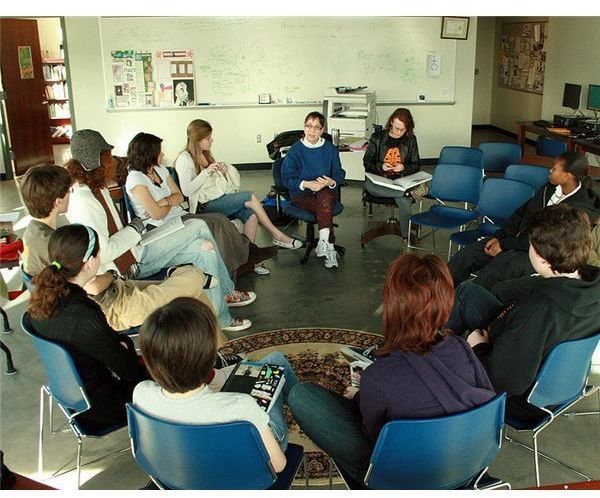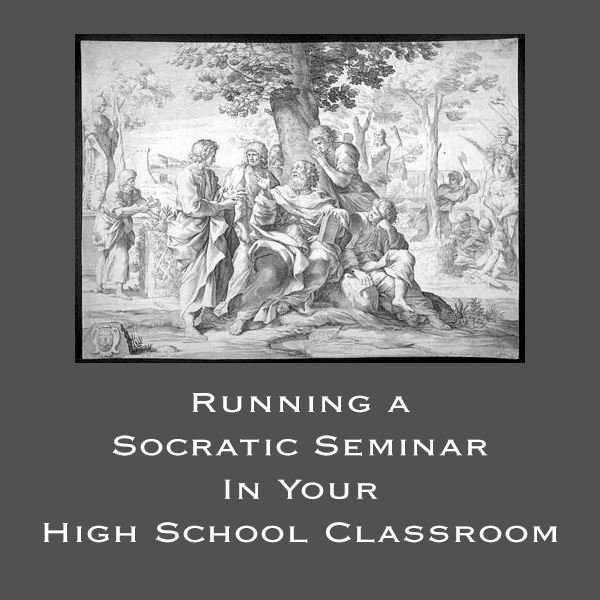How to Run a Socratic Seminar as a Teaching Methodology
Socrates, the great Greek philosopher, believed the best way to inspire wonder and curiosity in students was to answer their questions with questions. The resulting dialog tested a student’s knowledge while enabling the student to retain new knowledge at a higher capacity since the student was the one asking the questions.
In short, he made his students examine their beliefs, wonder at their validity, and consider the possibilities by placing them in charge of their learning. The Socratic seminar, or Socratic circle method, is based on this style of teaching, and it can be an extremely effective strategy for classroom learning.
How to Prepare
- Before beginning, all students should have read a common text. It might have been a few chapters in a novel or the entire novel, a short story, a newspaper article, or another type of document. The text should lend itself to discussion.
- Students need to prepare by creating their own set of questions. Often referred to as level questions or open-ended questions, they are the kind of question which encourage discussion. Here are some examples from the novel, To Kill a Mockingbird:
- How does the novel show that education is an important factor of everyday life?
- Was Aunt Alexandra prejudiced?
- How did Jem feel about Mrs. Dubose?
- How do the events from part one of the novel foreshadow what will occur in part two of the novel?
Have students keep a copy of the text with them so that they might provide evidence for their conclusions or statements.
Seminar Day
On the assigned day, make sure all students have their questions ready. Explain the rules for to the students so that they all understand their role during the Socratic seminar. They will participate in a civil, polite discussion, not a screaming match or a debate. Seats should be arranged in a circle or rectangle. Inside the circle, place a lesser amount of seats. This is known as the inner circle. Beside the inner circle, place an extra chair. This chair should be labeled as the Hot Seat.
Recommended Rules
-

Only students in the inner circle are allowed to answer the question. I like to set a timer so that other members of the class have an opportunity to answer questions in the inner circle.
-
Students in the outer circle will take turns asking the questions of students in the inner circle. No questions can be asked from the inside to the outside circle.
-
If a student from the outer circle would like to share their opinion of the on-going discussion in the inner circle, they may move to the Hot Seat for the duration of their comment before moving back to their outer circle seat.
-
Remind students they need to behave in a civil, polite manner. As a member of the inner circle, they should encourage further discussion from quieter members and not try to dominate the conversation. They should be respectful and not interrupt each other. The goal is to become an active participant.
As the classroom teacher, you will see the benefits of knowing how to run a Socratic seminar when students discover the significance of creating and asking their own questions rather than simply answering the questions provided at the end of a text. Through this methodology, they will build analytical and creative thinking skills, as well as understand how to participate in an educational conversation. With practice, students will gain confidence with their peers. Both of these valuable steps will help students and teachers alike.
Image Sources
https://commons.wikimedia.org/wiki/File:Creative_writing_class-fine_arts_center_(402690951).jpg
